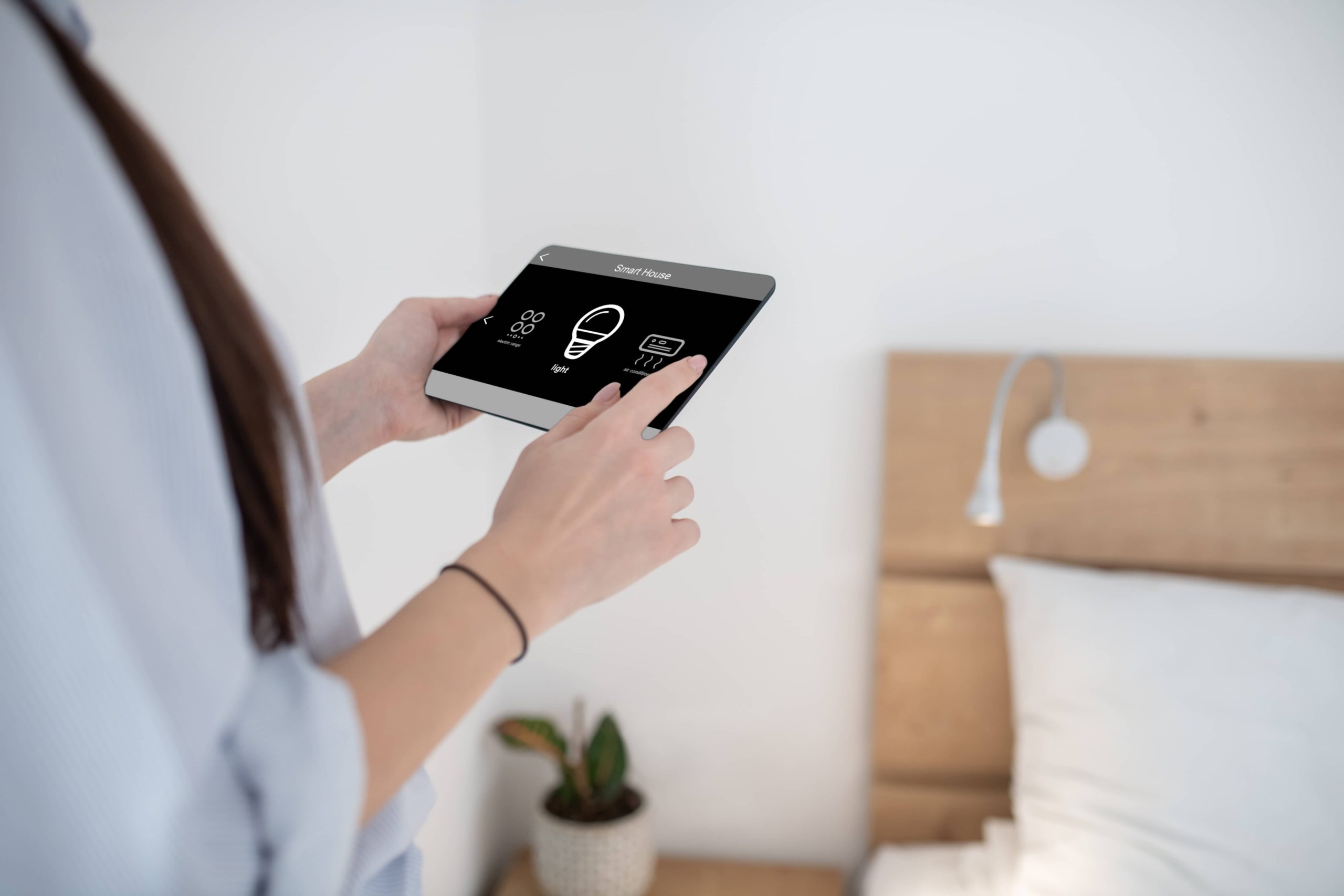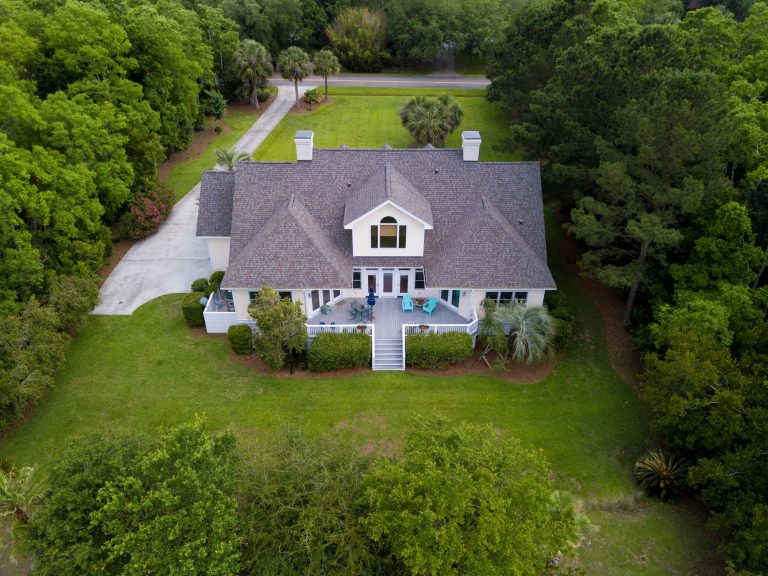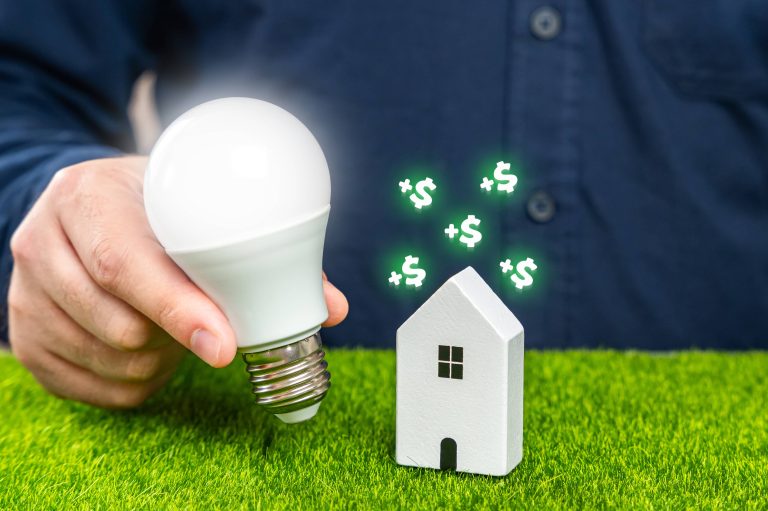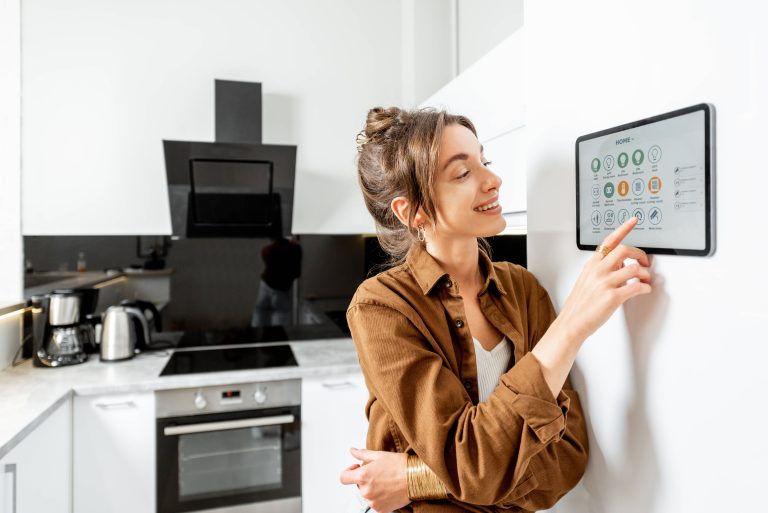
In the rapidly evolving world of smart home technology, staying ahead of the curve can seem like a daunting task. As a homeowner or renter, investing in smart home devices promises unparalleled convenience, energy efficiency, and security. However, as technology advances, so do the gadgets and systems that operate our homes. Future-proofing your smart home setup is essential to avoid obsolescence and ensure that your home remains at the cutting edge of innovation. In this post, I’ll share practical strategies to keep your smart home setup relevant and adaptable to future technological advancements.
1. Embrace Interoperability
A future-proof smart home thrives on the ability of its devices to communicate seamlessly. When building your smart home ecosystem, prioritize devices that support common communication protocols like Zigbee, Z-Wave, Wi-Fi, or Thread. These protocols ensure interoperability between different devices and brands, offering the flexibility to integrate new devices as technology evolves.
Additionally, consider investing in a comprehensive smart home hub that aggregates multiple protocols, such as SmartThings or Hubitat. These hubs act as a central control point, ensuring your devices can still communicate even if they use different protocols. This way, even as new technologies emerge, your existing devices can remain in sync.
2. Invest in Voice Assistants and AI Integration
Voice assistants have revolutionized the way we interact with smart home devices. Leading AI assistants like Amazon Alexa, Google Assistant, and Apple Siri continue to evolve, providing increasingly sophisticated and personalized user experiences. Choose a primary voice assistant platform and ensure that new smart devices you purchase are compatible with it.
Integrating AI adds a layer of future-proofing by allowing your smart home to adapt and learn from your preferences. Over time, your smart home can anticipate your needs and automate routines based on your habits, making it more intuitive and personalized.
3. Opt for Modular and Upgradeable Systems
One of the most significant challenges with smart home technology is the risk of hardware becoming obsolete. Combat this by investing in modular and upgradeable systems. For example, choose modular smart lights or security systems where individual components can be replaced or upgraded without discarding the entire system.
Brands like Philips Hue offer modular lighting solutions where you can add or upgrade bulbs and light strips as new technology becomes available. Similarly, Nest’s line of thermostats and cameras can be easily upgraded to newer models without requiring complete system overhauls.
4. Focus on Robust Security Measures
As smart homes become more connected, they also become more vulnerable to cyber-attacks. Future-proofing your smart home setup means staying vigilant about security and ensuring your devices are protected from current and emerging threats.
Choose devices from reputable manufacturers known for prioritizing security and providing regular firmware updates. Additionally, ensure that your home network is secure by using strong passwords, regularly updating your router’s firmware, and enabling WPA3 encryption where possible. For added security, consider setting up a separate network for your smart home devices to isolate them from other internet traffic.
5. Leverage Cloud and Local Integration
Cloud connectivity enables smart home devices to offer powerful features like remote access, voice control, and software updates. However, exclusive reliance on cloud services can create vulnerabilities if the provider’s servers go down or if there are changes in service agreements.
The ideal future-proof setup leverages both cloud and local control options. Choose devices and systems that offer local processing capabilities. For instance, Home Assistant is a versatile home automation platform that runs on local hardware, safeguarding your setup from potential cloud service disruptions. This hybrid approach ensures that your smart home remains operational even in the absence of internet connectivity.
6. Prioritize Energy Efficiency
Energy efficiency in smart home devices isn’t just about reducing utility bills; it’s about sustainability and staying aligned with future environmental standards. Opt for devices that feature energy-saving modes, low standby power consumption, and the ability to integrate with renewable energy sources like solar panels.
For instance, smart thermostats like the Ecobee or Nest Learning Thermostat optimize heating and cooling schedules, reducing energy consumption based on occupancy patterns and weather forecasts. Such devices contribute to long-term savings and align with future energy efficiency regulations.
7. Stay Informed and Engaged
The smart home industry changes rapidly, with new products, standards, and protocols emerging regularly. To future-proof your smart home setup, stay informed and engaged with industry developments. Follow reputable smart home blogs, forums, and communities. Participate in discussions, attend webinars, and watch product reviews to keep a pulse on new technologies and trends.
Subscribing to newsletters from leading smart home brands can also provide insights into upcoming product releases and updates. By staying informed, you can make proactive decisions about upgrading or integrating new devices into your existing setup.
Conclusion
Building a future-proof smart home is an ongoing journey that requires careful planning, informed decision-making, and regular updates. By embracing interoperability, investing in voice assistants, opting for modular systems, focusing on security, leveraging both cloud and local integration, prioritizing energy efficiency, and staying informed, you can ensure that your smart home remains cutting-edge and adaptable to technological advancements. The goal is to create a smart home that not only meets today’s needs but also evolves with tomorrow’s innovations, offering ongoing convenience, security, and efficiency. Happy smart home building!







